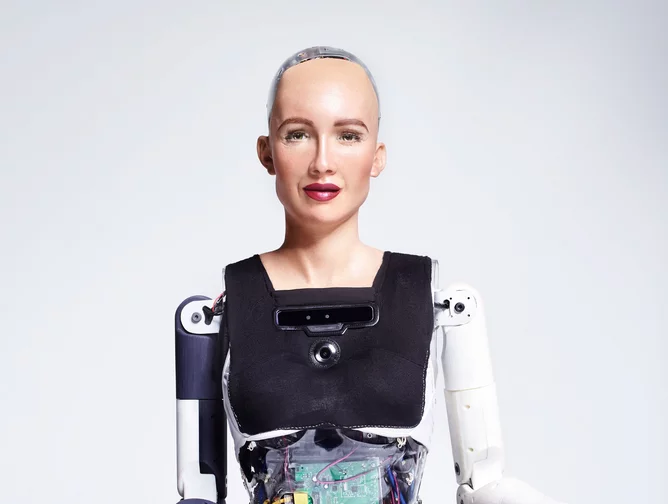
- By Faisal 30-Aug-2023
- 786
"Exploring the Evolution and Potential of Humanoid Robots" is a comprehensive and insightful exploration of the remarkable journey that humanoid robots have undertaken, from their early conceptualizations to their current state of advancement, and the exciting potential they hold for shaping the future. This captivating title delves into the intricate fusion of engineering, artificial intelligence, and human-centric design that has paved the way for the development of humanoid robots, blurring the lines between science fiction and reality.
Exploring the Evolution and Potential of Humanoid Robots
Introduction:
In recent decades, the field of robotics has witnessed remarkable advancements, with humanoid robots emerging as one of the most captivating and promising developments. Humanoid robots are machines designed to resemble and mimic human movements and behaviors. These robots have gained significant attention due to their potential applications in various sectors, ranging from healthcare and education to manufacturing and entertainment. This article delves into the evolution, current state, and potential future of humanoid robots.
The Evolution of Humanoid Robots
The concept of humanoid robots traces back to ancient myths and science fiction stories, but practical implementations only began to emerge in the 20th century. Early attempts at creating human-like machines were often limited by technological constraints, resulting in robots with basic functionalities and rigid movements. However, as technology progressed, so did the capabilities of humanoid robots.
The 20th century saw the introduction of robots like WABOT-1 in 1973, which could play music on a keyboard. ASIMO, developed by Honda in 2000, showcased advancements in mobility and balance, and it became a symbol of modern humanoid robotics. These early successes paved the way for further research and development in the field.
Current State of Humanoid Robots:
Present-day humanoid robots are a testament to the rapid progress made in robotics and artificial intelligence. These robots exhibit a wide range of capabilities, including natural language processing, facial recognition, gesture interpretation, and even emotional responses. One of the notable examples is Sophia, developed by Hanson Robotics, which gained attention for its human-like appearance and ability to engage in conversations.
In healthcare, humanoid robots are being explored as assistants for patient care, rehabilitation, and even emotional support. They can assist in physical therapy routines, monitor patients' vital signs, and provide companionship to the elderly. Additionally, humanoid robots are finding applications in disaster relief scenarios, where their ability to navigate complex environments can be put to use in search and rescue missions.







